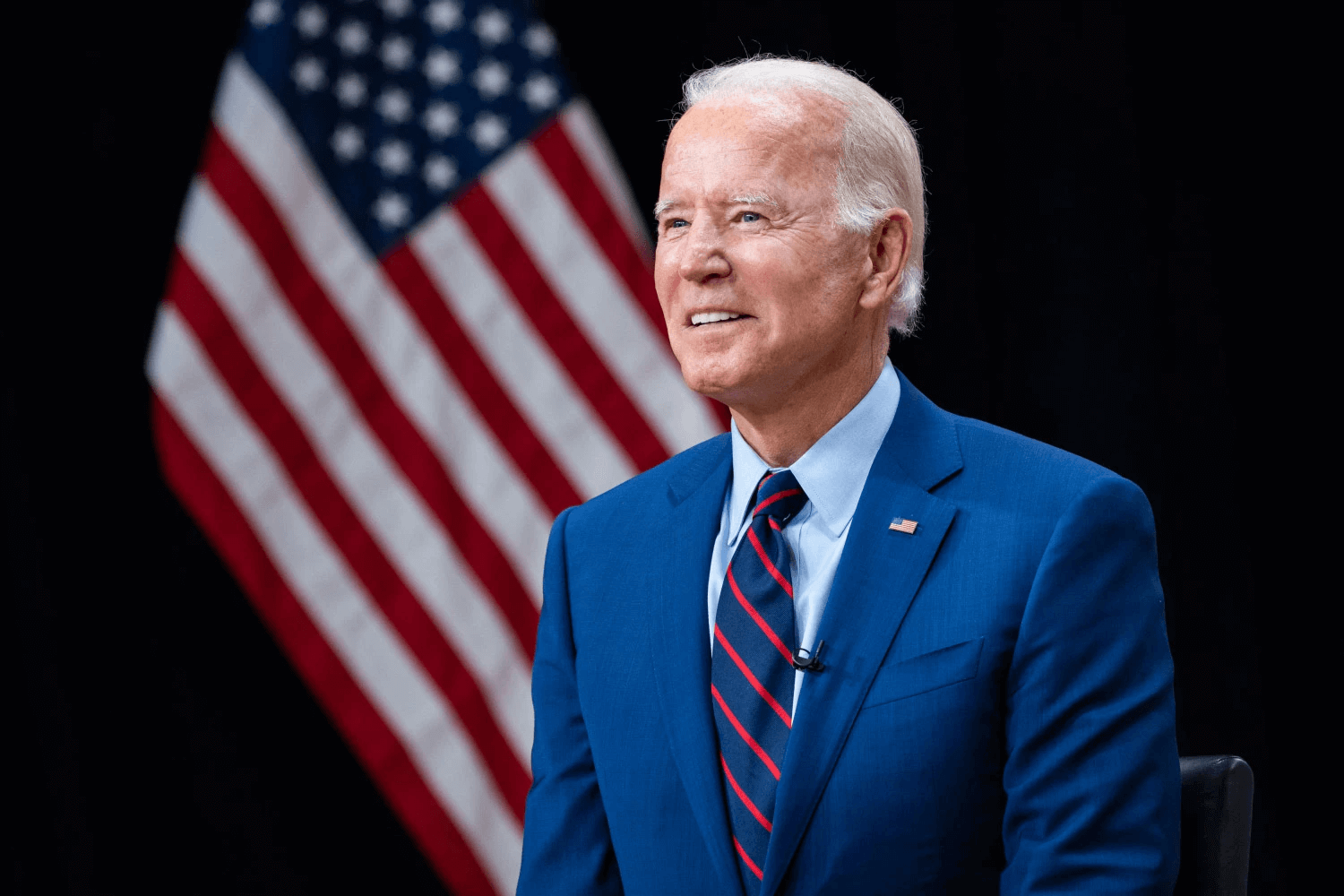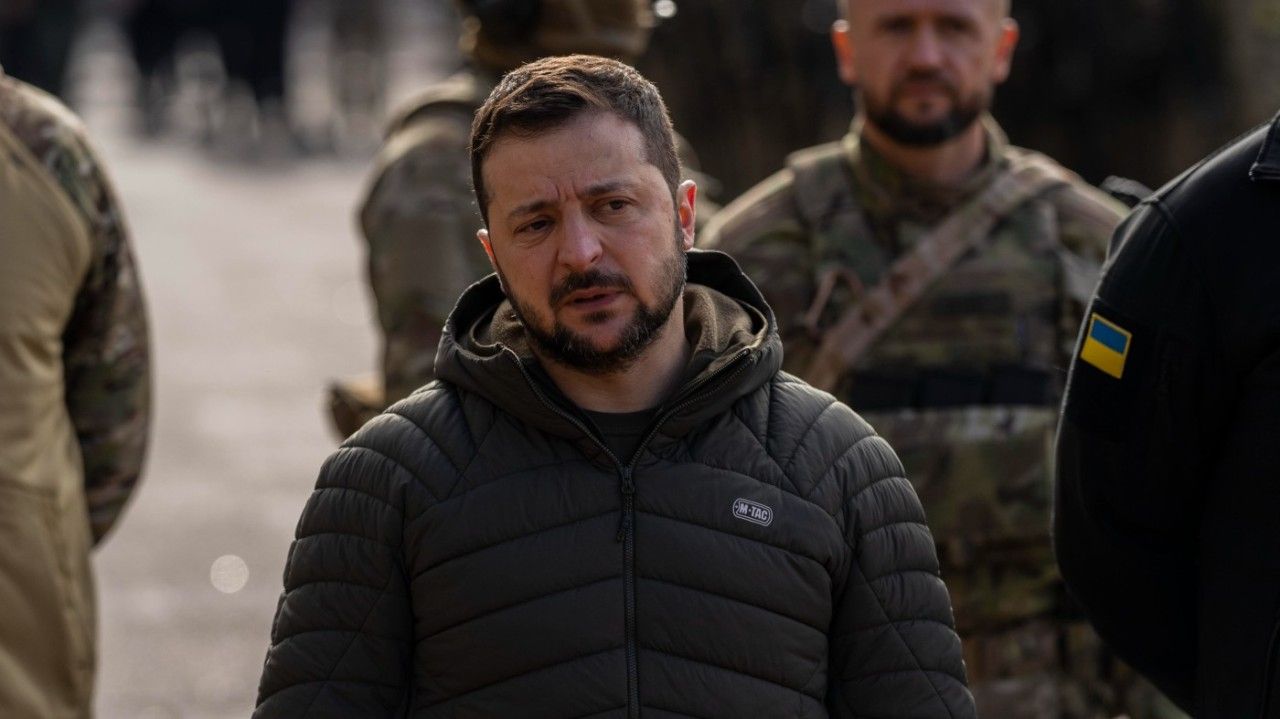Major General SB Asthana (Retd)
With the crisis caused by a missile landing in Poland being watered down by NATO to avoid exposing its cracks, the Russian pullback from Kherson followed by consistent targeting of energy and critical infrastructure in Ukraine, and the twists and turns in War in Ukraine are becoming the new normal.
Russia-Ukraine War seems to be poised for dangerous escalation with multi-domain threats ranging from nuclear assertions/allegations, satellite references, energy grid targeting, cyber-attacks ever since drone attacks on Crimea and the Black Sea Fleet, sabotage of both Nord stream pipelines and bridge to Crimea giving it a renewed push after nine months.
General Mark A Milley, Chairman of the Joint Chiefs of Staff of the USA, who has a thorough understanding of the military aspects of the conflict, has spoken out about the reality of the military situation in Ukraine, urging diplomacy and talks, which calls for serious consideration from American decision-makers, its NATO followers, and Zelensky.
Russia-Ukraine War: Existing Reality
The assertion by Ukraine that its counteroffensives are going well, assuming unending financial and military support from US-led NATO, gives them a reason to believe that continuing the fight to reclaim all lost territory is doable and preferable to negotiating with the Russians.
This is a risky proposition. Russia, too, finds it worthwhile to redeploy, consolidate, and retain its gains made so far until the winters start biting the opposing parties, following a hasty referendum in four regions to join Russia, followed by a pullback from Kherson, despite fresh troops from a partial mobilization of 3,00,000 reservists.
The dimensions of the war are expanding to include targeting critical dual-use infrastructure, energy grid, covert operations, enhanced information war, psychological offensive, and use of mercenaries, with no clarity of the end state that either side wants to achieve to terminate the war.
Russian Intention & Strategy
Having suffered a series of setbacks in military operations like Kharkiv and Kherson, heavy casualties to men and material, and a series of miscalculations about NATO’s resolve to support Ukraine, Russians seem to have modified their strategy appreciably.
Russia is nowhere close to achieving its strategic aim of liberating the Donbas Region and remaining southern Ukraine to join Transnistria to landlock Ukraine.
From a military perspective, consolidating its successes, redeploying soldiers in Russian-friendly areas by drawing back from hostile ones, as well as regrouping are reasonable options, given that it hasn’t received significant outside military material help throughout the protracted battle except for some hardware from Iran or, allegedly North Korea.
Russians realized they had opened wide frontages beyond sustainable limits with depleting combat resources; hence trading ground for viable defense lines is a sensible military strategy.
Their logic of pulling back from Kherson follows this strategy as it was impractical to hold such a large built-up area with a shortage of infantry suffering more casualties from insurgent attacks by Ukrainians.
It made better sense to pull back to the eastern bank of Dnieper, hold a more robust defensive line, and spare some more troops to pursue an offensive in the Donetsk region.
From the Russian perspective, Ukraine’s energy grid and essential services are just as much a target for dual use (civil and military) as the Russian bridge to Crimea; as a result, attacking them will have a more significant impact on undermining Ukrainian resolve to fight than close combat in pro-Ukrainian areas.
The mild nuclear reference by Russia to use nuclear weapons in Ukraine, if Russian “territorial integrity” is threatened, will continue to prevent NATO from entering into contact war with Russia in the future, too, notwithstanding accidental triggers like the Poland missile crisis.
Russia is aware of its limitations in economic, diplomatic, information, and political warfare, which are heavily weighted in favor of US-led NATO and Ukraine.
From a Russian perspective, the optimal course of action is to hold onto its current territorial gains, extend the war into the winter, which could favor a fresh offensive to achieve remaining military goals, and give itself a stronger bargaining position to have the sanctions withdrawn.
Although Russians and Ukrainians are used to fighting in winter, greater energy availability with Russians can put them in an advantageous position.
US-Led NATO: Intention & Strategy
The overstated successes of the Ukrainian counteroffensives and its gains in the non-kinetic, non-contact, undeclared war against Russia in the economic, information, diplomatic, and political spheres may encourage NATO, but it shouldn’t be complacent about Putin’s nuclear threat since a tactical nuclear strike from Russia is not out of the question if it is cornered beyond a dangerous limit.
According to the realistic military assessment, even if billions of dollars are invested in Ukraine, little will change on the ground. General Milley is not the lone voice advocating a diplomatic course. US President Joe Biden
US President Joe Biden
 US President Joe Biden
US President Joe BidenPurely From the US point of view, it has achieved many of its objectives. Nord stream 1 and 2 are non-functional, and Russia’s influence over the EU is decreasing. EU is compelled to keep purchasing its expensive oil and military equipment.
Russia is now less powerful, and US dominance over the EU is no longer at risk. Therefore, it is time to “privately” tell Zelensky to talk because, publicly, the US will not like to shoulder the burden of compromise on the lost territory.
As a result, it is recommended that Zelensky take the call. The US now needs talks to secure earnings from contracts to rebuild Ukraine, which the entire EU will pay.
The US supports proxy or shadow wars after learning painful lessons in Afghanistan. They may have taken author Sean McFate’s writings too seriously to be motivated to win without fighting! In the context of waging a ‘Shadow War,’ the suffering of the Ukrainian people become conceptually irrelevant to the US.
However, as alternative global/localized financial systems evolve, the control of the US over the current global financial system will slowly get undermined; hence it can’t claim to be the outright winner. The Russia-Iran-North Korea axis will also be a concern for the US.
While continuing to assist Ukraine in the hybrid war until the last Ukrainian battles or for as long as the US desires, NATO’s political dispensation will continue to call on Russia to end the conflict publicly. The dilemma is that initiating talks when a significant chunk of Ukrainian territory is under Russian control would be seen as NATO’s weakness, but not doing so isn’t doing any better.
The war is not making Europe more peaceful, with millions of refugees mixed in with activated mercenaries and a long border with aggressively restructured Russia. It has given up its economic and energy interests to seek the security shelter of the US. EU states like Hungary oppose providing Ukraine with unending material support.
The EU will have to raise its defense budget while surrendering some sovereign decisions to the US to counter unfriendly Russia successfully in the long run. However, Ukraine and the EU must ask themselves: Will the US ever risk New York and Washington to save Kyiv or Poland?
Difficult Choices For Ukraine!
As per compilation by Kiel Institute, the cumulative aid of over $90 billion poured into Ukraine seems to have encouraged Zelensky to talk about defeating Russia and getting back his entire territory.
The rhetoric of Ukraine winning is giving an unrealistic hope to Zelensky that he need not speak to Putin and that all taxpayers in US and Europe will continue to deliver whatever he asks. Ukrainian President Volodymyr Zelenskyy (Twitter)
Ukrainian President Volodymyr Zelenskyy (Twitter)
 Ukrainian President Volodymyr Zelenskyy (Twitter)
Ukrainian President Volodymyr Zelenskyy (Twitter)One cannot ignore the fact that since gaining independence, Ukraine has lost 15% of its original land area in this war, displaced more than 6 million people internally, sent nearly 8 million refugees outside, suffered significant casualties, destroyed half of its energy infrastructure, and is struggling to maintain its much-touted democracy while operating under martial law.
Regaining lost territory from the Russians, who are seen to be digging in for a protracted war during winters and beyond, will be very tough even with the military support and armament of the US-led NATO.
While NATO’s military backing of the war effort won’t make Ukraine any more peaceful, it could lead to long-term changes in its territorial boundary, an endless proxy conflict, and an increased long-term Russian threat.
While President Zelensky seems to continue with the war and the western propaganda campaign depicting him as the undisputed winner as long as the US desires, it is unsustainable for too long, as a look at the map tells a different story.
Way Ahead To End Russia-Ukraine War
In the Big powers’ contestation in Ukraine, the world wants that war to end, as it makes everyone more susceptible to inflationary pressures and causes unprecedented energy and food catastrophe.
Because Russia has not yet succeeded in its strategic goals on the ground to convince NATO to withdraw sanctions, the negotiations appear to be challenging. On the other side, the political hierarchy of US-led NATO finds ongoing proxy war, without sharing any burden of body bags, as a convenient option.
Russian actions are encouraging NATO to accept the bid of Finland and Sweden to join NATO, as they have strong militaries, to secure its northern flank for a better collective security posture in the long run.
It’s also relevant in the context of Sino-Russian footprints in the Arctic and North Atlantic oceans. Therefore, Russia might extend its direct land border with NATO by over 1000 kilometers, with Finland joining it as the end state, an outcome it wanted to avoid.
In the current phase of the offensive, the economic coercion by the West has led to energy coercion by Russia.
Pentagon seems to be coming to terms with reality, but US proxy Zelensky, who has been led to a garden path to becoming Hero, finds it difficult to swallow it as he is still parroting no talks till he gets back entire territory, including Crimea.
No comments:
Post a Comment